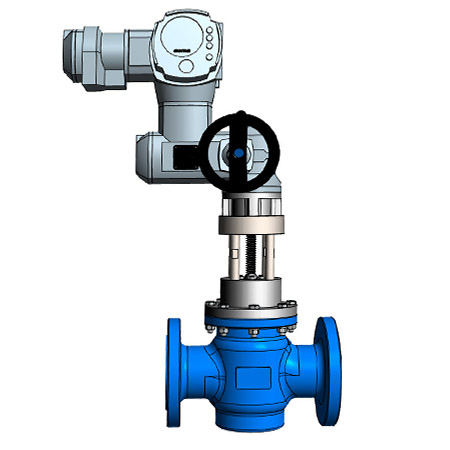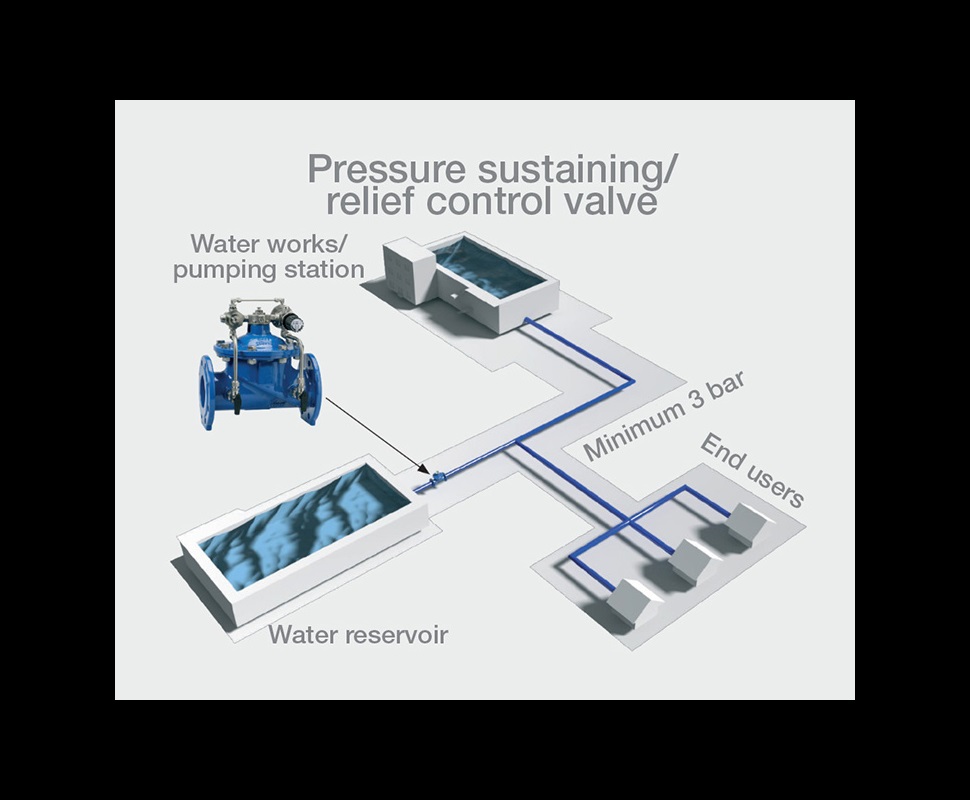Enhancing Operational Efficiency with Advanced Control Valves
Enhancing Operational Efficiency with Advanced Control Valves
Blog Article

Maximize Power Financial Savings and Convenience With Advanced Structure Automation Controls
In the realm of contemporary architecture and facility administration, the integration of sophisticated building automation controls stands as a crucial innovation. By harnessing the power of automation, structures can adjust, react, and advance in means that were as soon as unimaginable.
Energy Efficiency Perks
Energy performance benefits can considerably minimize power intake and operational costs in structures. By applying energy-efficient methods and innovations, building proprietors and operators can attain considerable savings while also adding to environmental sustainability. Among the key benefits of enhancing power performance in buildings is the reduction of utility expenses. Energy-efficient systems, such as sophisticated building automation controls, can maximize making use of resources like home heating, air conditioning, and illumination, resulting in lower power expenditures over time.
Moreover, boosted energy performance can lengthen the life expectancy of building tools and systems. By running extra efficiently, heating and cooling systems, light, and other building elements experience less wear and tear, causing minimized maintenance and substitute costs. Furthermore, energy-efficient structures commonly command higher residential or commercial property values and rental prices, supplying long-lasting economic advantages to proprietors.
Moreover, power effectiveness can enhance resident convenience and productivity. Correctly regulated interior atmospheres with optimum lighting and thermal conditions produce an even more favorable and positive office, causing enhanced worker contentment and efficiency. Overall, the energy efficiency advantages related to innovative structure automation controls are multifaceted, incorporating expense financial savings, environmental stewardship, and owner health.
Enhanced Convenience Control
Enhancing convenience control in structure environments calls for an innovative combination of sophisticated automation systems for ideal owner health. By utilizing sophisticated building automation controls, centers can tailor the indoor atmosphere to meet the specific needs and choices of owners. control valves.
By including these sophisticated controls, buildings can not just enhance comfort yet also improve energy effectiveness by maximizing system procedures based on real occupancy and usage patterns. Eventually, focusing on resident convenience via advanced automation systems leads to a much more enjoyable and much healthier indoor setting.
Functional Efficiency Improvements

Additionally, the application of real-time tracking and analytics tools enables structure operators to identify energy inefficiencies and operational abnormalities quickly. By constantly keeping an eye on power usage patterns and system efficiency metrics, modifications can be made in real-time to enhance energy intake and ensure peak functional directory performance. control valves. In addition, integrating demand response approaches right into structure automation controls can better enhance functional effectiveness by dynamically adjusting power usage based on grid conditions and pricing signals
Indoor Environment Optimization
Efficient indoor environment optimization is a fundamental aspect of building automation controls, making certain owners' comfort and health while making best use of energy savings. By utilizing advanced sensing units and controls, developing automation systems can continuously check and readjust temperature level, humidity levels, air quality, and ventilation to produce an optimum interior setting. Keeping consistent and comfy conditions not only enhances occupant fulfillment however also enhances productivity and total health.
Indoor climate optimization additionally plays a vital duty in power performance. By fine-tuning cooling, heating, and ventilation systems based upon real-time information and occupancy patterns, building automation controls can significantly reduce power intake - control valves. For circumstances, executing strategies such as demand-controlled ventilation and thermal zoning can aid decrease power waste while making certain that each location of the building obtains the essential conditioning.

Sustainable Environment Creation
Building automation regulates not only enhance indoor environment problems for energy efficiency and owner comfort however additionally lay the structure for producing a sustainable setting via calculated management of resources and systems. By incorporating advanced building automation technologies, such as sensors, actuators, and intelligent software application, facilities can adjust and monitor energy use in real-time to reduce waste and lower their carbon footprint. These systems enable anticipating maintenance, identifying potential problems prior to they intensify and enhancing tools efficiency to enhance longevity and performance.
In addition, lasting atmosphere development extends beyond power monitoring to view it encompass water preservation, waste decrease, and indoor air high quality renovation. Building automation controls can control water use, find leakages, and make certain correct waste disposal methods, adding to general sustainability efforts. In addition, by managing and keeping an eye on ventilation and filtering systems, these innovations enhance resident check out here wellness and productivity while reducing power usage linked with cooling and heating procedures.
Final Thought
To conclude, progressed structure automation regulates offer substantial advantages in terms of power financial savings, comfort control, operational performance, indoor environment optimization, and producing a lasting setting. By executing these controls, buildings can accomplish optimum efficiency while reducing energy intake and enhancing passenger comfort. It is noticeable that using innovative automation innovation is important in boosting structure efficiency and developing an extra lasting future.
Power effectiveness advantages can considerably lower power usage and functional prices in buildings. In general, the energy efficiency advantages linked with innovative structure automation controls are complex, encompassing price savings, environmental stewardship, and occupant well-being.
Furthermore, integrating need feedback techniques right into building automation controls can additionally boost operational performance by dynamically adjusting energy use based on grid conditions and rates signals.
Building automation manages not only optimize indoor climate problems for power performance and owner convenience yet additionally lay the structure for developing a sustainable setting with tactical management of systems and sources.In verdict, progressed building automation regulates offer significant benefits in terms of power savings, comfort control, operational efficiency, interior climate optimization, and developing a sustainable environment.
Report this page